To provide the best experiences, we use technologies like cookies to store and/or access device information. Consenting to these technologies will allow us to process data such as browsing behaviour or unique IDs on this site. Not consenting or withdrawing consent, may adversely affect certain features and functions.
The technical storage or access is strictly necessary for the legitimate purpose of enabling the use of a specific service explicitly requested by the subscriber or user, or for the sole purpose of carrying out the transmission of a communication over an electronic communications network.
The technical storage or access is necessary for the legitimate purpose of storing preferences that are not requested by the subscriber or user.
The technical storage or access that is used exclusively for statistical purposes.
The technical storage or access that is used exclusively for anonymous statistical purposes. Without a subpoena, voluntary compliance on the part of your Internet Service Provider, or additional records from a third party, information stored or retrieved for this purpose alone cannot usually be used to identify you.
The technical storage or access is required to create user profiles to send advertising, or to track the user on a website or across several websites for similar marketing purposes.
Golden Eyes Vampire Crab - Geosesarma Sp. - Decapod Crustacean 1 × £8.71


 Golden Eyes Vampire Crab - Geosesarma Sp. - Decapod Crustacean
Golden Eyes Vampire Crab - Geosesarma Sp. - Decapod Crustacean 
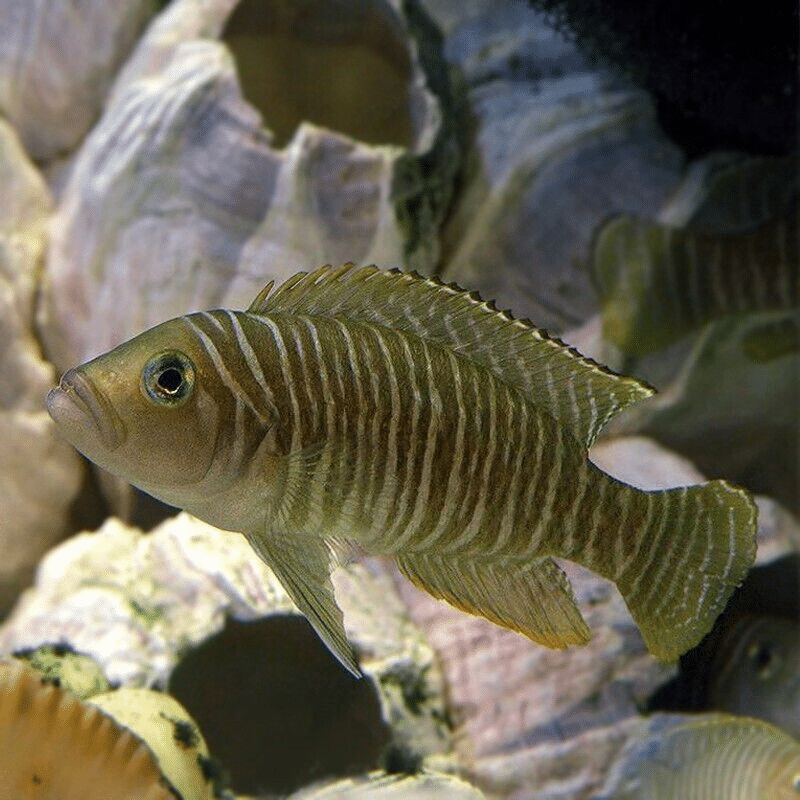
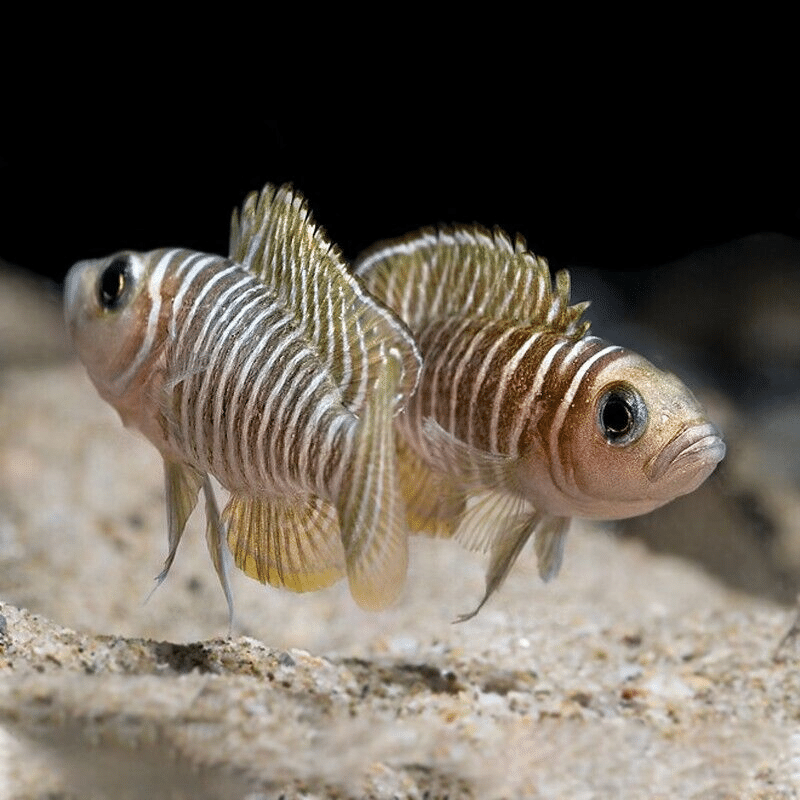
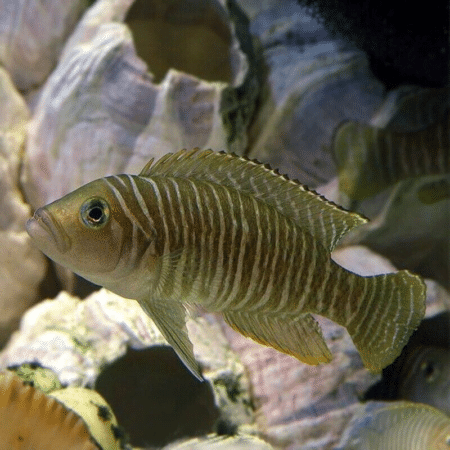
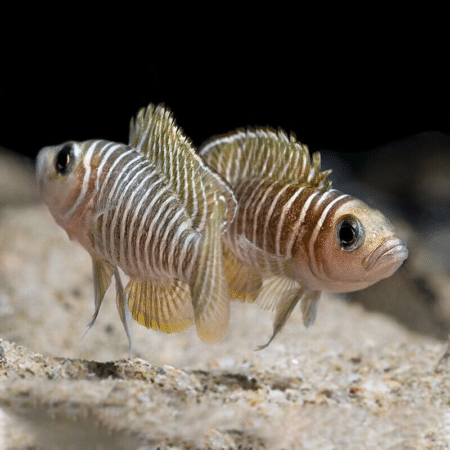
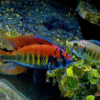











Emily Carter (verified owner) –
I recently added a pair of Shell-Dwelling Cichlids (Neolamprologus Similis) to my tropical fish collection, and I couldn’t be more thrilled! Their vibrant colors and unique behavior immediately livened up my 30-gallon tank. These delightful little fish are not just beautiful; they have such personality! Watching them dart in and out of their shells is incredibly entertaining.
After about two months of observation, I’ve noticed how they’ve established a little territory, which is fascinating to witness. They are relatively peaceful, especially compared to other cichlids I’ve kept in the past, making them perfect for a community aquarium setup. Just make sure to provide enough shells for hiding spots — they appreciate their privacy!
One minor concern is that they can be a bit shy at first, so patience is key when introducing them to new environments. I recommend this species to anyone looking to add a bit of character to their aquarium. Overall, I’m so happy with my purchase, and their lively antics make my fish tank a true joy!